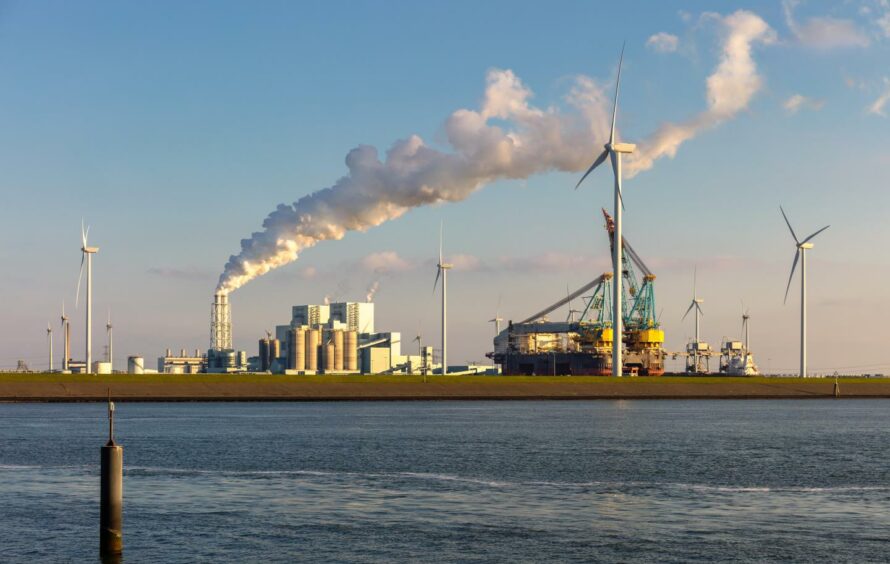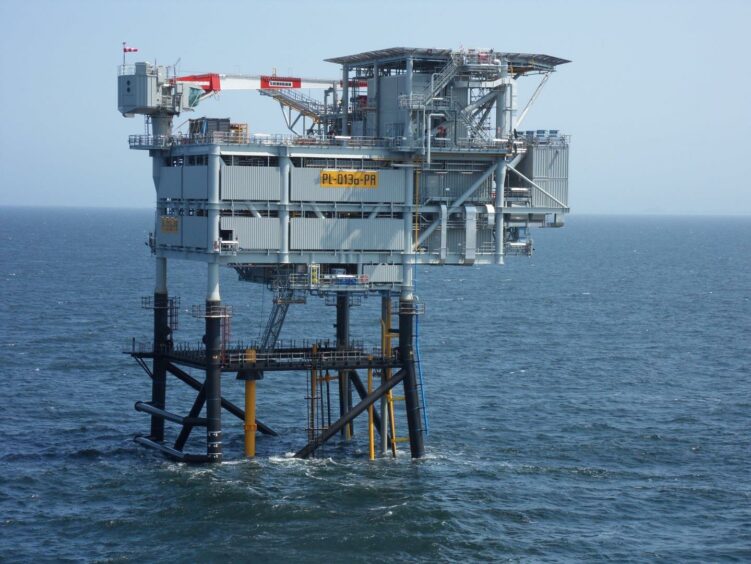
Amid the departure of Shell and the planned closure of the country’s largest gas field, producers in the Netherlands are calling for greater clarity over the future of the Dutch North Sea.
As with many European producers, the Netherlands stands at something of a crossroads in its relationship with oil and gas.
Once a prolific gas exporter, and still the largest producer in mainland Europe, the Netherlands is shutting down its largest asset – Groningen – in the wake of ongoing earthquakes and growing opposition to onshore production.
At the same time, a parliamentary inquiry is being held into decision making around extraction at the field, and the handling of residents’ damage claims.
Meanwhile, the high-profile loss of supermajor (and formerly Royal Dutch company) Shell, as part of a long-running concern over dividend taxes has dented its pro-business credentials.
That’s not to say demand for oil, or gas particularly, is receding. The country produced around 22.8 billion cubic metres (bcm) of gas in 2020, and according to the Dutch Central Bureau of Statistics, 92% of households rely on gas for heating – making it the only country in Europe with more gas-connected houses than the UK.
In terms of development activity, 4.9bcm was brought into production in 2020, the last year for which data is available.
Less than 1 bcm of new gas was discovered with exploration drilling that year, though more than 10 bcm was identified in drillable prospects, according to Energie Beheer Nederland (EBN).
By mid-decade, it forecasts total gas production to plateau at around 7bcm per year.
Gron but not forgotten
Under current plans, production at Groningen – still the ninth-largest gas field in the world – could cease this year, with minor capacity held in reserve until later in the decade.
However, the ramp-down has not been smooth. The Dutch government announced in early January that it would nearly double output from 3.9bcm to 7.6bcm to ensure security of supply this year.
At the same time, owner NAM – a 50:50 joint venture between Exxon Mobil and Shell – is configuring its breakup and the sale of all its Dutch gas and oil fields, claiming it no longer has the means to invest in them without cashflow from the mammoth field.
The assets include hundreds of oil and gas fields in the north and the west of the Netherlands and in the North Sea. Under current plans, NAM assets will be bundled into four separate companies and sold in the coming year, though this will not include Groningen.
Speaking in October, NAM chief executive Johan Atema said the company had not at that point begun its search for a buyer, and that it may ultimately fail to sell the fields.
It has since called on the government to clarify the closing date of Groningen “as soon as possible” as it pushes for the field’s permanent closure.
Transition Deal
Amid this, the Netherlands Oil and Gas Exploration and Production Association (NOGEPA) – which represents 12 member companies with licences to explore for and produce oil and gas on- and offshore – is calling for more clarity on the sector’s direction.
Senior adviser for communications and public affairs, Anne-Marie Frissen, told Energy Voice: “I think what would help is for the government to have a point on the horizon and say ‘OK, this is what we’re going to do until 2030, until 2040, until 2050’ – so that we have a long-term view.”
She said a framework like this would help the operation and sale of assets, and ensure operators know which propositions are investable.
“What we are looking into and what we really would like to have is [something like] a North Sea Transition Deal,” she continued, nodding to the UK government’s agreement for the offshore oil sector.
The UK deal, agreed in March 2021, sets out a path for the industry to reach net zero, and contains commitments on emission reductions from oil and gas production, investment in new technologies such as carbon capture and hydrogen, and support for jobs and skills development in the UK supply chain.
“We’re looking for a dialogue on that with government so we can make that deal, and say: ‘This is what we can deliver, and this is what we’re working towards,’” Ms Frissen added.
The outlook for greater policy alignment is promising. For the first time, the Netherlands has a Minister for Climate and Energy Policy, with the appointment of Rob Jetten in January as part of Prime Minister Mark Rutte’s fourth government.
Ms Frissen says the administration is relatively pragmatic regarding the country’s energy outlook, and there is not at present much political will to shut down production altogether, as in nearby Denmark.
The industry, too, is keen to illustrate its capabilities in the fields of carbon capture and hydrogen.
That includes projects such as PosHYdon, a pilot which aims to integrate offshore wind, offshore gas and offshore hydrogen by producing hydrogen from seawater. The scheme will use the Neptune-operated Q13a-A platform, with support from licence partners EBN (40%) and Taqa (10%), and has the support of decommissioning regulator Nexstep and research co-ordinator TNO.
NOGEPA, meanwhile, intends to launch an action plan soon, setting out to decision makers and wider Dutch society what the sector intends to do in the way of decarbonisation.
“We really hope that the new ministers can take this plan as a basis for the kind of North Sea Transition Deal that we can close with the government here,” she added.
“That’s what we really would like to do in order to enable that long-term planning with government, and I think that will give us a lot of clarity.”
 © Supplied by Nexstep Netherlands
© Supplied by Nexstep Netherlands